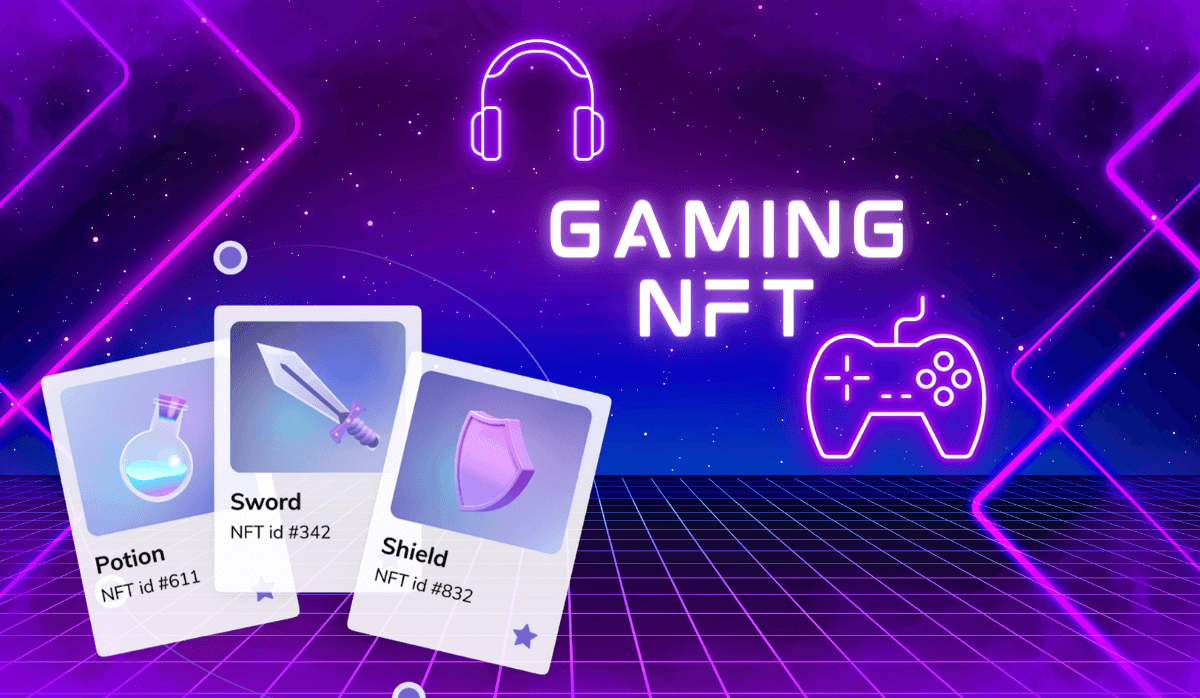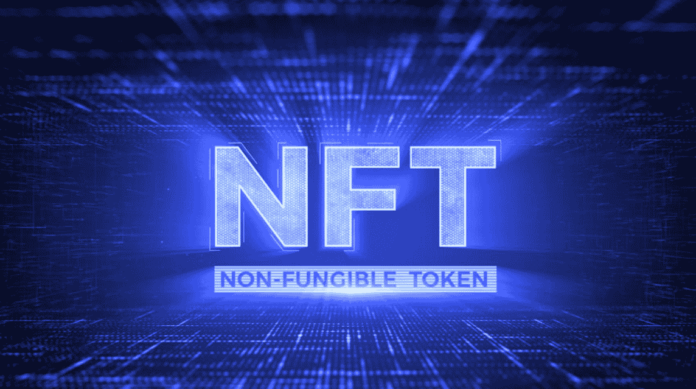In the ever-evolving landscape of digital innovation, one term has taken the tech world by storm: NFTs, or Non-Fungible Tokens. These unique digital assets, powered by blockchain technology, have revolutionized the concept of ownership in the digital realm. In this hot trending blog news, we will delve into the depths of the NFT revolution, exploring its impact on the art world, the entertainment industry, and even the way we perceive value in the virtual sphere.
Traditionally, owning a masterpiece meant having a physical painting or sculpture to hang on your wall. With NFTs, the art world has transcended these physical boundaries. Artists are now able to tokenize their digital creations, ensuring authenticity and ownership through blockchain. From virtual reality sculptures to digital paintings, the possibilities are limitless. This shift has democratized art ownership, allowing art enthusiasts across the globe to invest in unique pieces regardless of their geographical location.

Beyond the canvas, NFTs have seeped into the entertainment industry, reshaping how we interact with our favorite artists, musicians, and celebrities. Imagine owning exclusive concert footage, a limited edition album, or even a scene from your favorite movie, all as NFTs. Fans are not just spectators anymore; they are stakeholders in the creative process. This direct connection between artists and fans fosters a sense of community and exclusivity, making the entertainment experience more intimate and rewarding.
Gaming has always been at the forefront of digital innovation, and NFTs have found a natural home in the gaming universe. Gamers can now truly own in-game assets, characters, and skins as NFTs. This ownership extends beyond the confines of the game; players can buy, sell, and trade their digital assets in online marketplaces, creating a robust virtual economy. This phenomenon has not only empowered gamers but has also opened up new avenues for game developers and designers to monetize their creations.

While the NFT revolution paints a promising future, it is not without challenges. Environmental concerns related to blockchain energy consumption and the need for sustainable practices are pressing issues that the industry must address. Additionally, ensuring copyright protection and preventing plagiarism in the digital space remains a significant challenge.
Looking forward, the integration of NFTs in various industries will continue to evolve. As technology advances and blockchain becomes more scalable and energy-efficient, we can expect NFTs to become even more mainstream. From real estate to education, the possibilities for NFT applications are vast, promising a future where ownership and authenticity are indisputable in the digital domain.
Conclusion
The NFT revolution is not just a trend; it’s a paradigm shift in how we perceive and validate ownership in the digital age. As artists, entertainers, and gamers embrace this technology, the boundaries between the physical and virtual worlds blur. The concept of owning a rare, one-of-a-kind digital asset is reshaping economies, empowering creators, and fostering global communities.
In this whirlwind of innovation, one thing is clear: NFTs are not just tokens; they represent a new era of digital ownership, creativity, and collaboration. As we navigate this exciting journey, one can only wonder: what will we tokenize next? The answer lies in the limitless imagination of humanity, driven by the boundless possibilities of the digital frontier.




